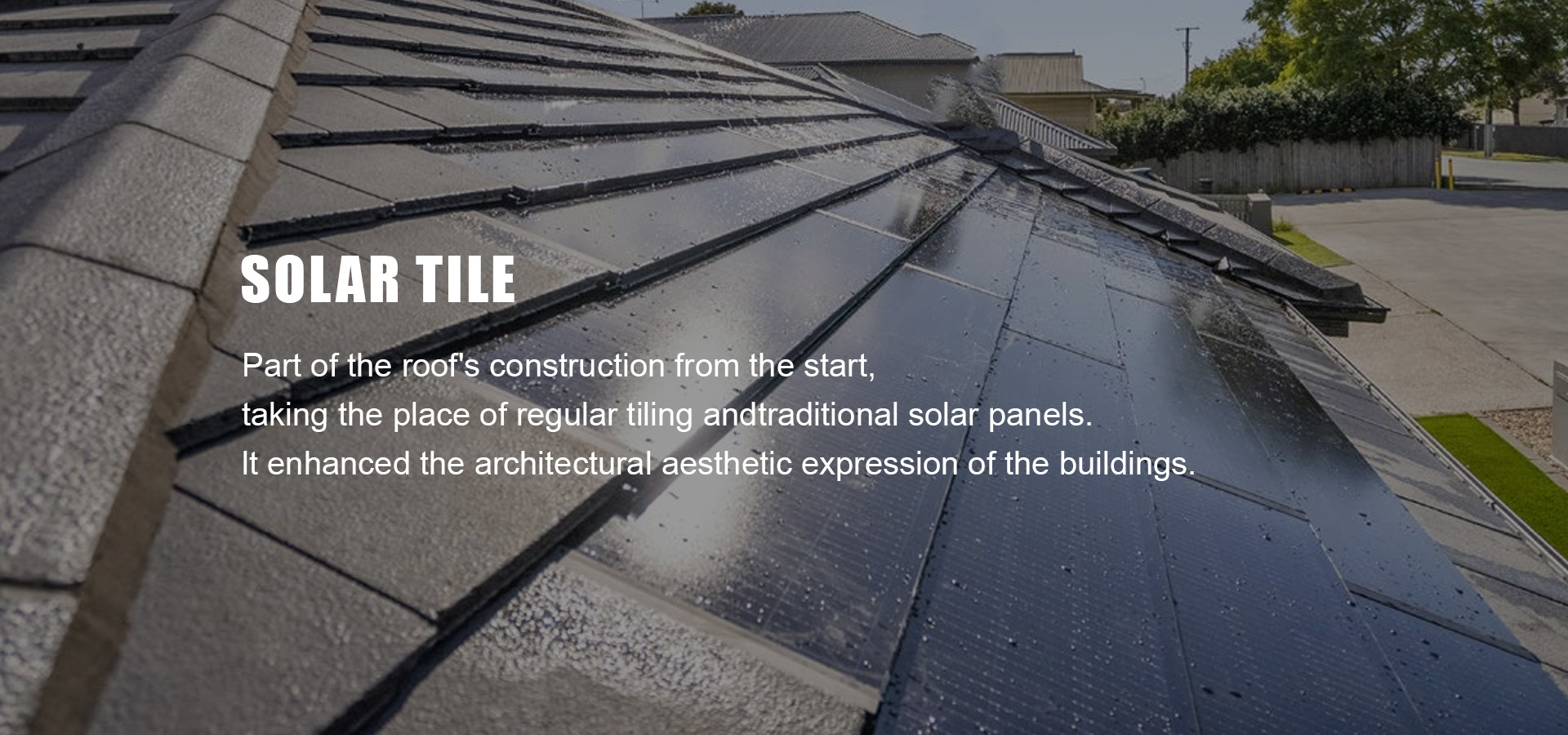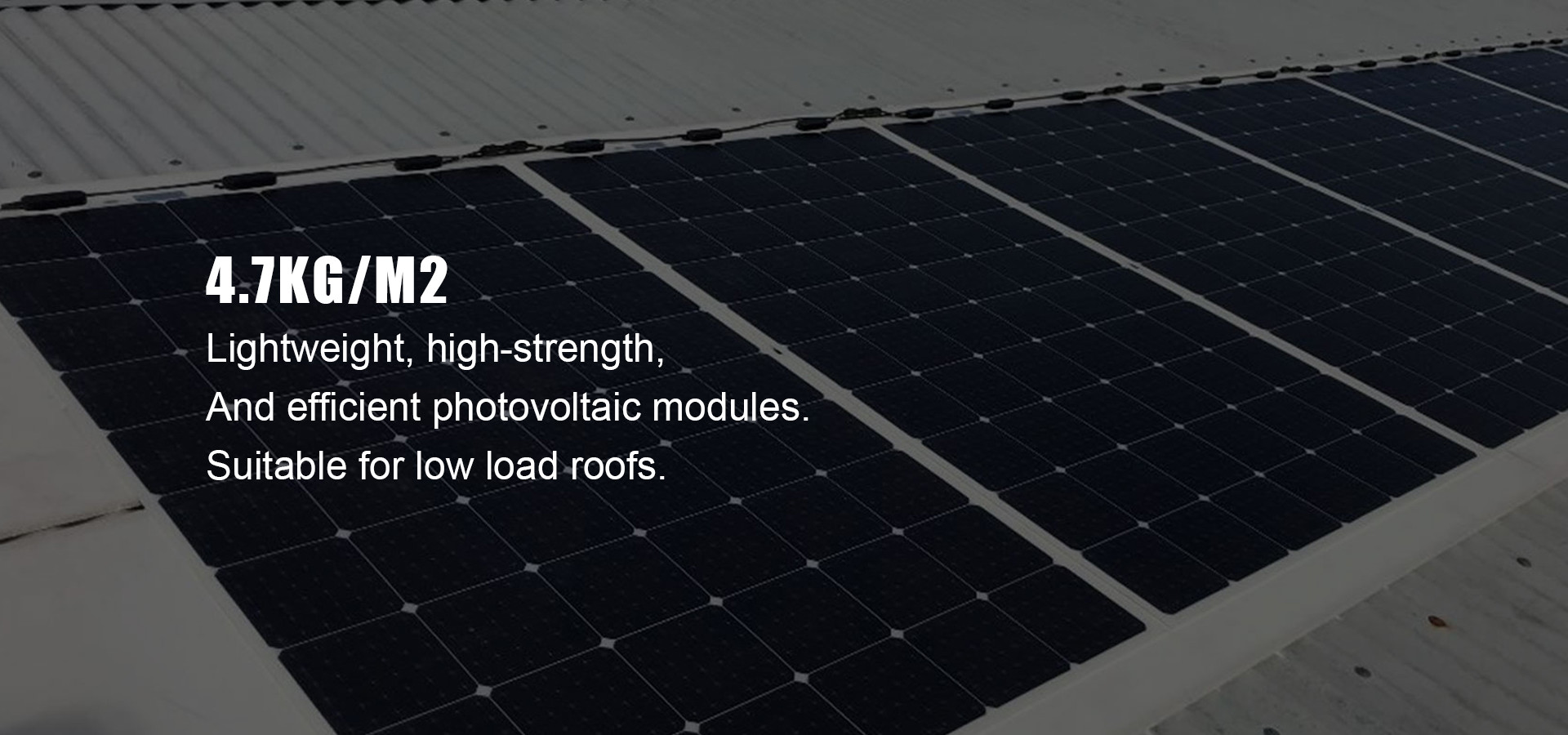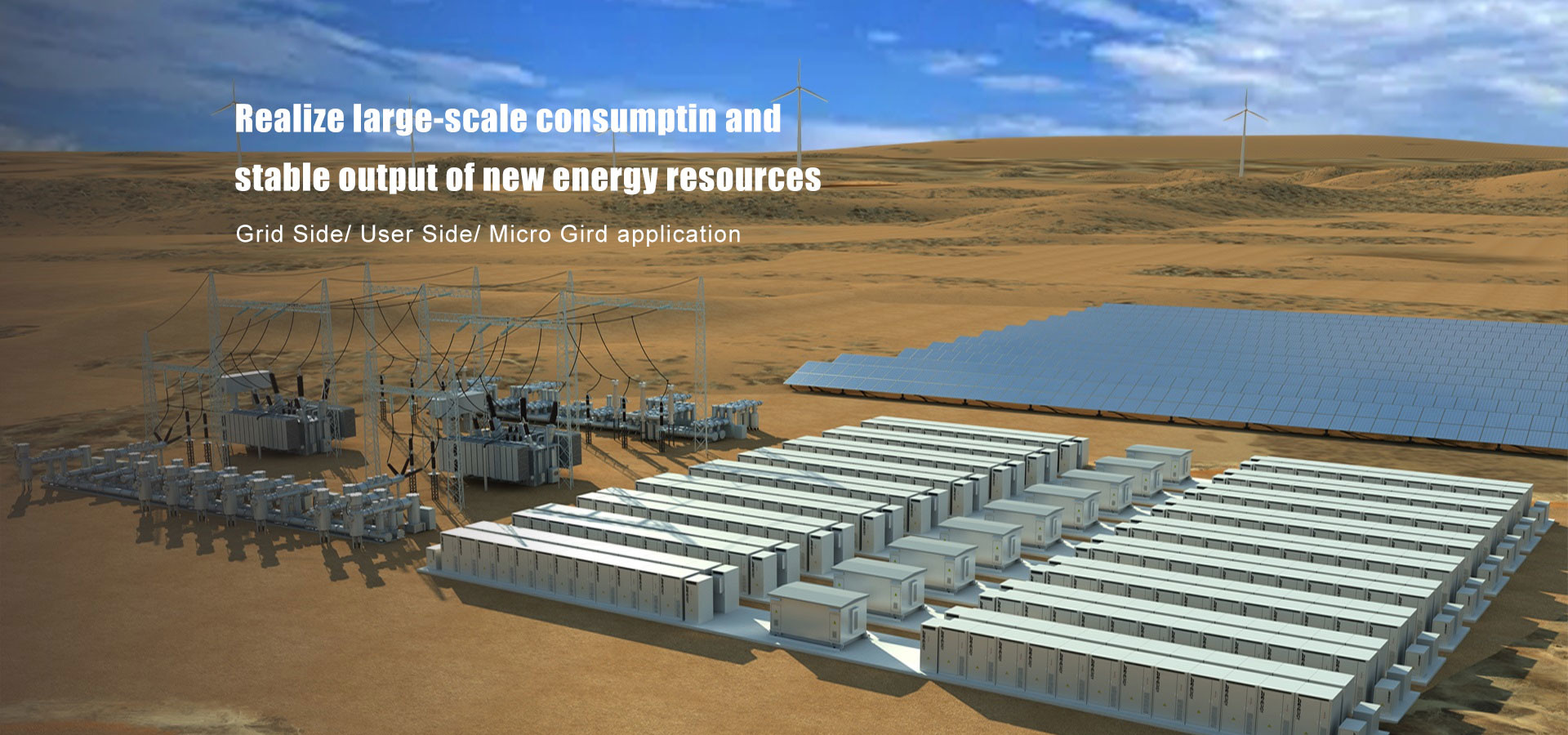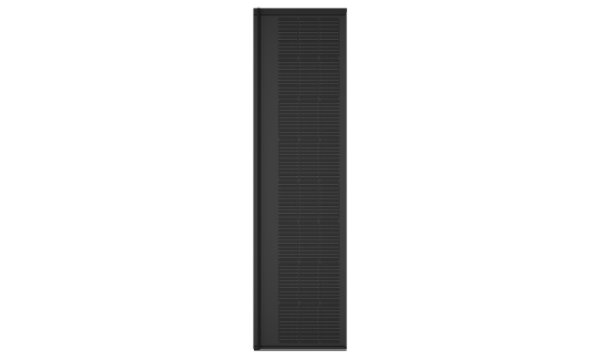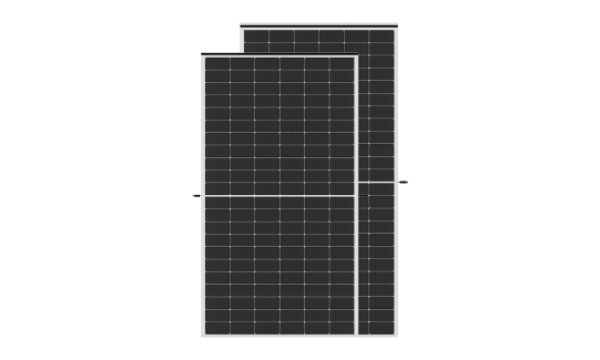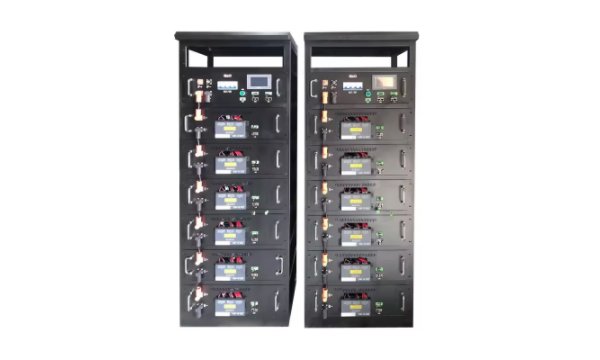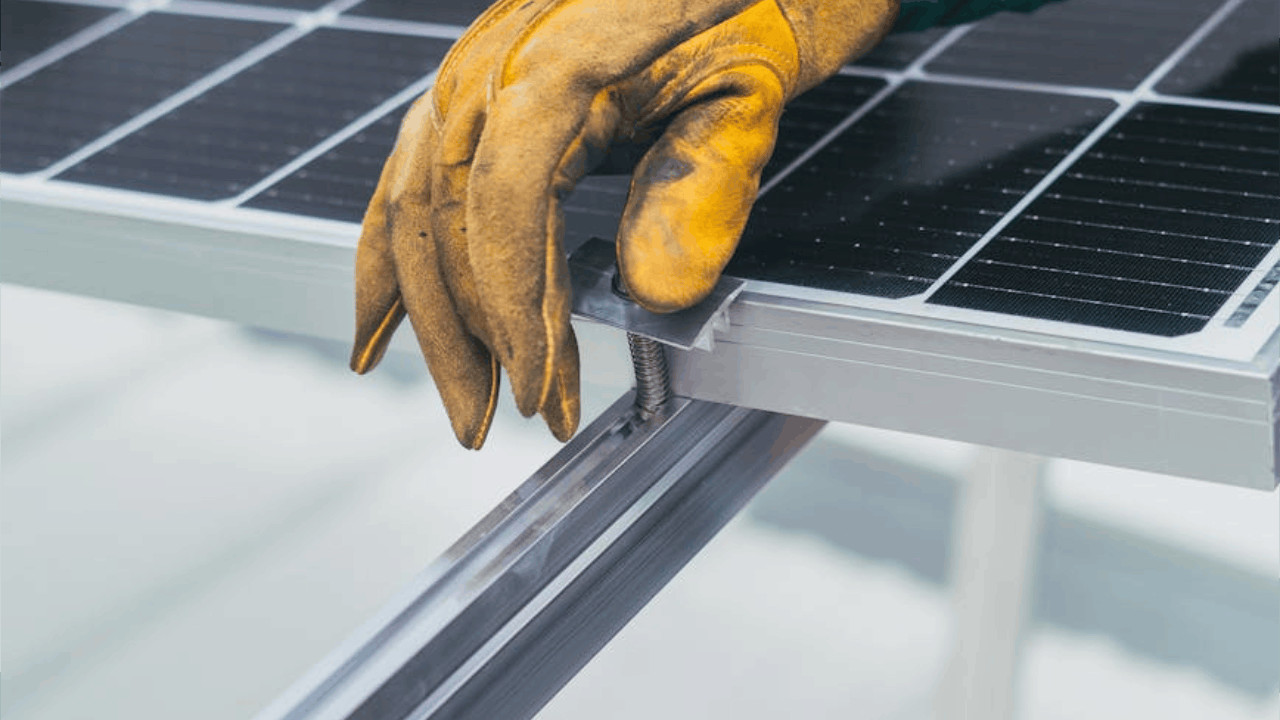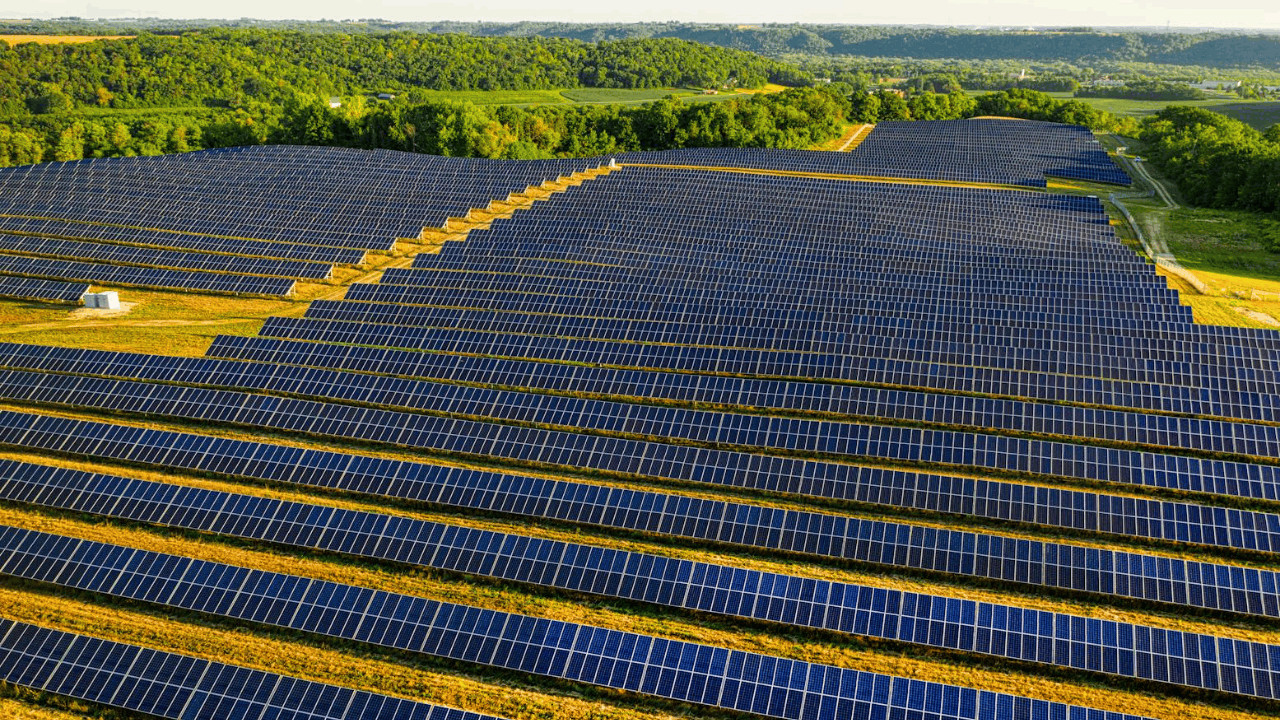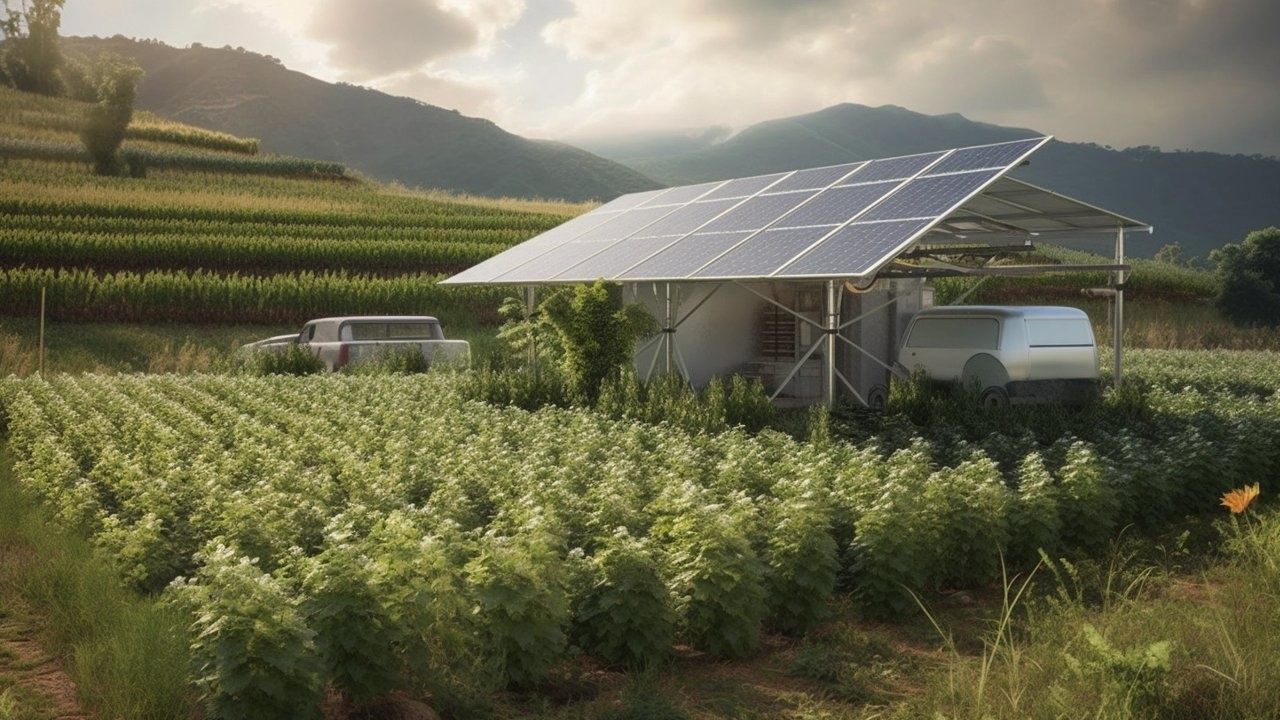The Future of Solar Energy: Innovations Driving the Global Transition to Renewables
The Future of Solar Energy: Innovations Driving the Global Transition to Renewables
As the world accelerates its shift toward cleaner energy sources, solar power is emerging as a key driver in reshaping how we produce and consume electricity. Fueled by continuous innovation, falling costs, and growing public support, solar energy is moving from the margins to the mainstream—poised to become the cornerstone of a sustainable future.
Perovskite Solar Cells: Lightweight, Efficient, and Game-Changing
One of the most promising innovations in solar technology is the rise of perovskite solar cells. Unlike conventional silicon-based panels, perovskite materials are flexible, lightweight, and easier to manufacture, making them ideal for a wide range of new applications.
Recent laboratory tests have demonstrated energy conversion efficiencies exceeding 30%, surpassing many traditional cells. Thanks to their versatility, perovskite panels could soon be integrated into building materials, such as windows and facades, or even embedded in cars, drones, and wearable electronics.
This opens the door for solar energy to expand into areas where rigid panels were previously impractical—such as urban environments, mobile systems, and compact consumer devices.
Energy Storage: Solving the Intermittency Problem
One of the biggest challenges in solar adoption is its intermittency—solar panels only generate power during daylight hours. This makes energy storage solutions an essential part of the solar ecosystem.
Advancements in lithium-ion, solid-state, and flow batteries are enabling homes and businesses to store surplus solar energy for use at night or during overcast conditions. This has been particularly valuable in remote communities, island nations, and off-grid systems, where battery-backed solar arrays are replacing costly diesel generators.
In urban settings, combined solar-and-storage systems are now being deployed in apartment complexes, schools, and commercial centers—providing backup power during outages and reducing electricity bills through self-consumption.
Scaling Up: Utility-Scale Projects and National Strategies
Governments and industries around the world are scaling up investments in large-scale solar projects to meet both economic and environmental goals. Massive solar farms are being deployed in deserts, industrial zones, and unused land to supply clean power to national grids.
For example, desert-rich countries are turning barren landscapes into hubs of solar innovation, while fast-growing economies in Asia, Africa, and Latin America are integrating solar into national electrification strategies.
The success of these initiatives is proving that solar power isn’t just a supplementary option—it can serve as a primary energy source when paired with smart grid management and regional cooperation.
Challenges on the Horizon: Materials and Recycling
Despite rapid progress, solar technology is not without its environmental and logistical hurdles. The production of panels still depends on finite raw materials such as silicon, silver, and rare earth metals. Extracting and processing these materials can carry environmental risks and be subject to global supply chain fluctuations.
Moreover, as the first generation of solar panels reaches the end of its life cycle, the need for effective recycling systems is becoming urgent. Without proper waste management, the very technology designed to protect the planet could contribute to a new stream of electronic waste.
To address this, researchers and startups are exploring closed-loop production models, where materials from old panels are recovered and reused, making solar technology more sustainable in the long run.
Conclusion: Solar Energy as the Backbone of a Clean Future
With every passing year, solar energy grows more powerful, more adaptable, and more affordable. From cutting-edge perovskite materials to reliable energy storage and scalable infrastructure, the innovations shaping solar power are no longer futuristic—they're already transforming lives around the world.
As global energy demand rises and climate concerns deepen, solar power is no longer just part of the solution—it’s becoming the foundation of a new energy era. With the right mix of innovation, investment, and policy support, the sun could soon power more than just our homes—it could power our entire world.




